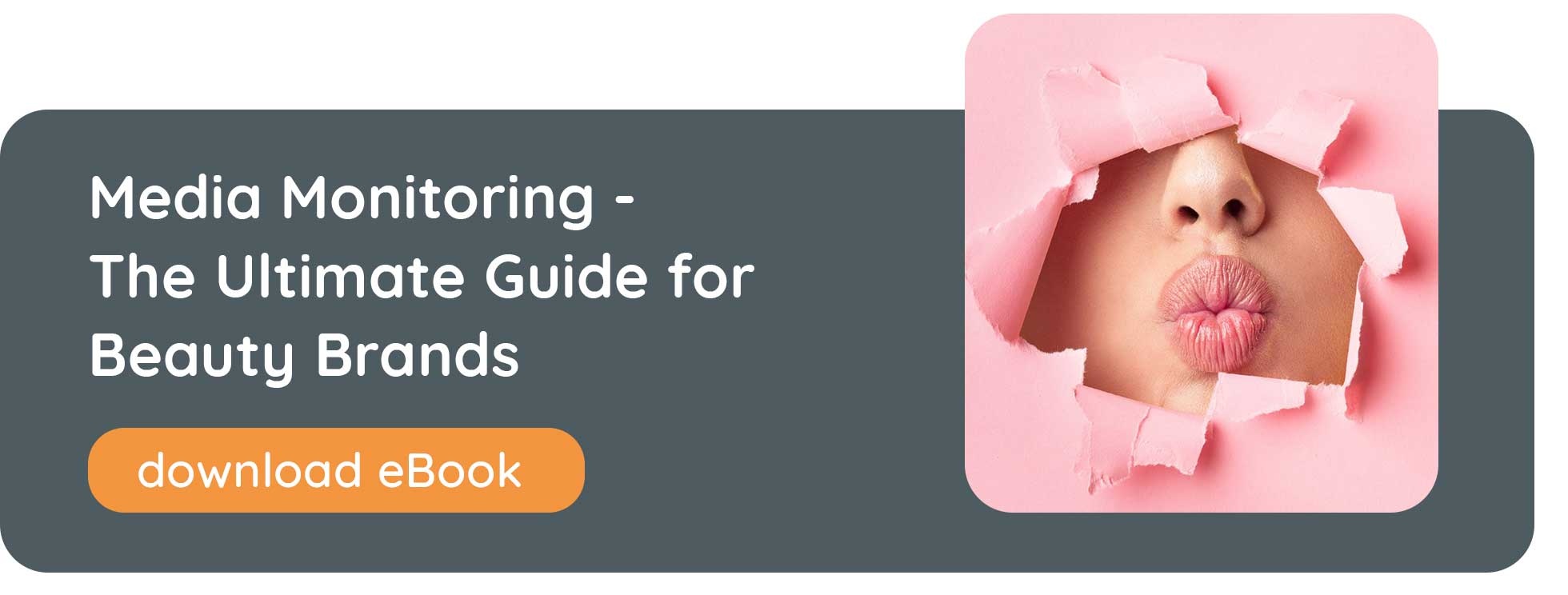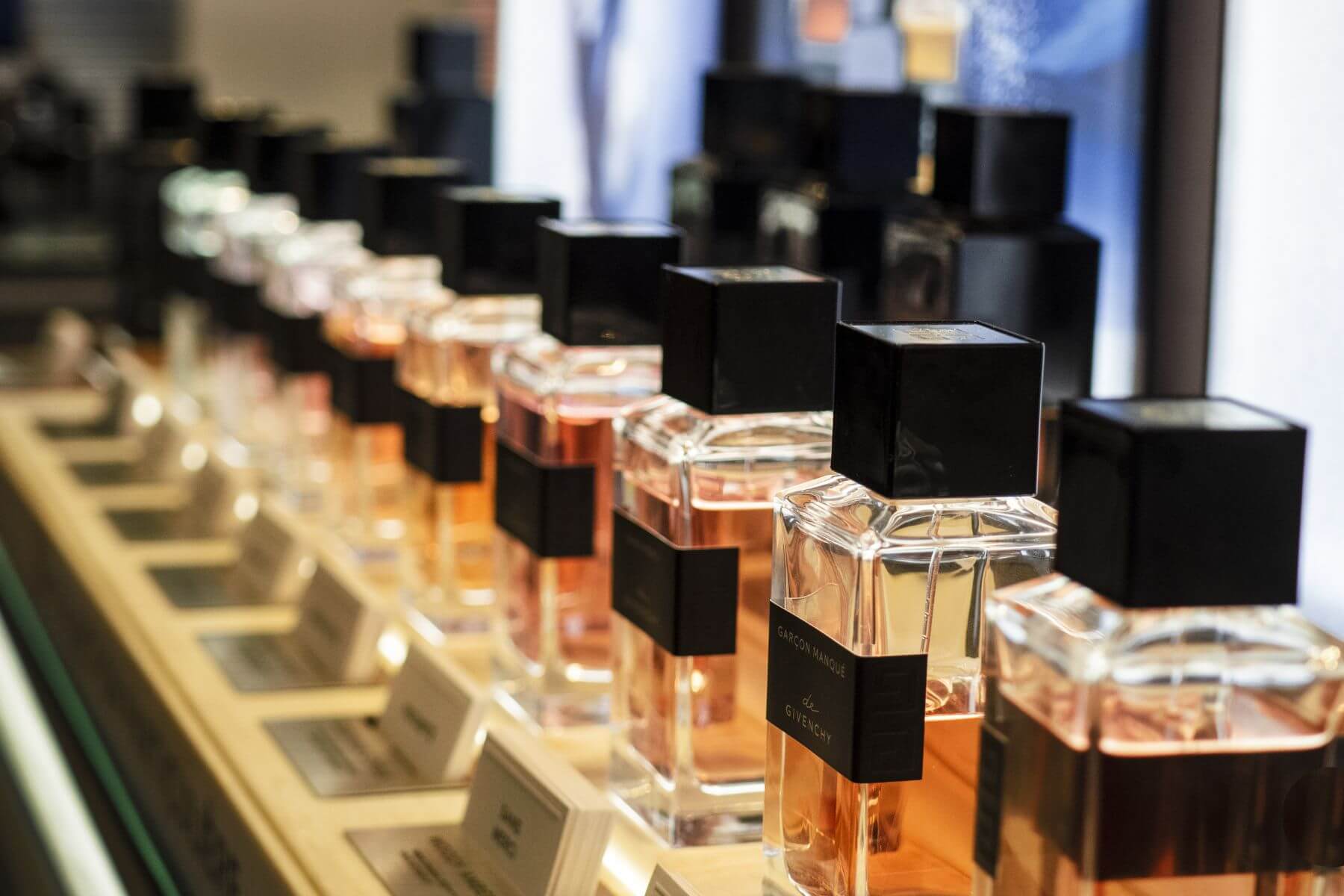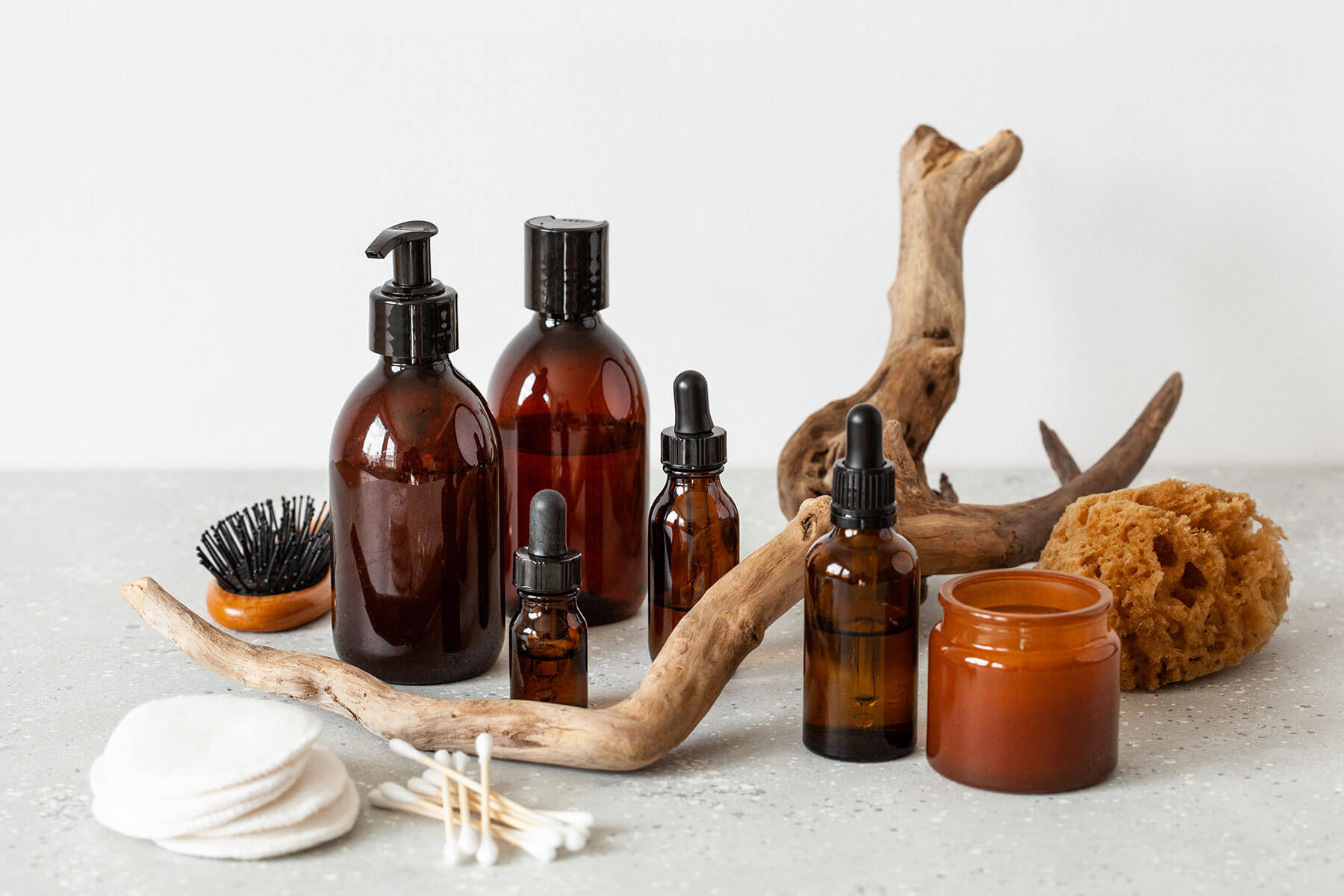For an industry that’s all about touch, smell and swatches, it’s surprising, perhaps, that beauty continues to thrive on eCommerce, with 26.6% of total global beauty sales expected to be made online by 2026. But what’s less surprising is its foray – or should we say explosive entrance – into the metaverse, where sensory experiences can finally be brought to life within a digital world.
Beauty brands are embracing this cyberspace with unrivalled fervour, and it’s easy to see why: the metaverse is predicted to be worth $1,607.12 billion by 2030. If brands have learnt anything from the launch of TikTok, it’s that early tech adopters stand the best chance of success. But how exactly are beauty’s digital disruptors getting immersed in the metaverse?
The metaverse explained
To understand how beauty brands are embracing the metaverse means understanding what the metaverse is. It’s both a broad and complex term, focusing less on a specific type of technology, and more on how we interact with digital experiences. It can encapsulate everything from virtual reality (VR), to augmented reality (AR), to non-fungible tokens (NFTs), allowing brands to open up virtual ‘portals’ for users to enjoy.
It’s important to understand that the metaverse isn’t one virtual ‘place’ for users to enter. It encompasses so many different technologies that some brands are moving away from calling it ‘the metaverse’ and describing their own immersive offerings as ‘a metaverse’. To one person, heading into the metaverse could mean putting on a VR headset and sampling new beauty products. To another, it might involve switching on a laptop to buy, sell and socialise in the Fortnite game.
Put simply, the metaverse covers a whole range of virtual experiences that feel otherworldly, and it’s this ambiguity that gives beauty brands that chance to push their creative boundaries.
How have beauty brands entered the metaverse?
A number of beauty brands were carving out a type of metaverse long before ‘metaverse’ became a buzzword. The likes of L’Oreal Paris, Clairol and MAC Cosmetics introduced virtual try-on apps that, at the time, paved the way for beauty to be taken more seriously in the tech space. Now, it’s fascinating to see the industry’s power players innovate once more for a new style of virtual living; whether that’s by launching products into VR spaces or introducing brand love-building games.
One great example is Charlotte Tilbury’s Pillow Talk Party Virtual Beauty Wonderland, which sees a 3D avatar of Tilbury herself greet consumers as they enter the virtual store. No high-tech headsets or special portals are needed to gain access; just a mobile and a QR code, which zaps you into a beauty boutique where you can shop floating products and explore makeup masterclasses.
Meanwhile, many beauty brands are steeping their experiences in specific metaverses, such as digital fashion app Drest and a browser-based 3D world called Decentraland. Within the former, Drest, users can dress up their avatar with products from Gucci Beauty and Nars cosmetics. Within the latter, users can collect NFTs (digital collectibles that are like a piece of original artwork), as well as POAPs (proof of attendance protocols that verify you attended an event).
Estée Lauder entered the Decentraland metaverse in March, taking users inside a bottle of their cult-favourite Advanced Night Repair Serum. Visitors received a POAP, as well as a wearable NFT that gave their avatar a radiant glow, pushing awareness of the product’s benefits.
Then there’s gaming platform Roblox, which made headlines in May 2021 after a virtual Gucci bag sold within the virtual world for $4,115 – more than the cost of its real-life counterpart. Since then, Givenchy has entered the space with the Givenchy Beauty House, where players can experiment with makeup, snap up Le Rouge lipstick cross-body bags from a virtual vending machine, and party with friends on the Irresistible dancefloor.
But the metaverse isn’t just useful for marketing. PR teams have adopted the concept in order to engage with working-from-home or time-poor press who can’t make it away from their desks. Case in point: Valdé Beauty showcased their Divine Crystal Lipstick Armors to more than 600 guests through Decentraland, where they could enjoy NFTs to enhance their avatars, and access chats with celebrity makeup artists. Live music by musician and NFT artist Serena Elis also featured, alongside a live auction of Valdé’s NFT artwork.
With just these few examples in mind, it’s easy to see why beauty brands are investing so heavily in the beauty industry; it allows them to bring their products to digital life like never before. Demonstrating the look, feel and finish of beauty buys through a screen is notoriously challenging, so helping consumers try them on – and take them off – with just a click has the potential to accelerate sales.
What’s next for beauty in the metaverse?
Where beauty goes next within the metaverse is unclear, as the possibilities seem limitless. However, some experts suspect this virtual world could open doors to in-experience purchases, removing the need for retailers. Influencer marketing may also shift, as top talent offers ‘looks’ their followers can access and recreate in milliseconds – perhaps with the potential to get relevant products delivered by drone just hours later.
But what we do know is that more and more brands are going to be investing in the metaverse. To name just a few, Fenty, L’Oreal Paris and Aveeno have all filed trademarks for virtual products to be used. Right now, it feels like anything could happen in the beauty metaverse, and we – alongside the rest of the industry – will be watching with interest.
Up next: Speaking of tech, discover the 6 skincare brands smashing it on TikTok right now.





